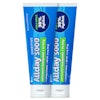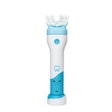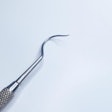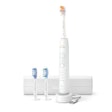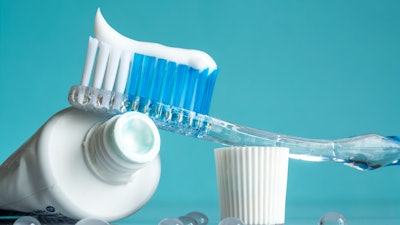
The U.S. National Chemical Landmark program presented on April 4 a historical marker granting landmark status to the Indiana University (IU) Department of Chemistry for pioneering the formula for fluoride toothpaste nearly 70 years ago, according to a university release.
The formula led to the development of Procter & Gamble's Crest toothpaste, which hit test markets in 1955, was launched throughout the U.S. in 1956, and was confirmed effective for the prevention of tooth decay by the ADA in 1960.
The American Chemical Society's U.S. National Historical Landmark designation will be displayed at the southeast entrance of the chemistry department in Bloomington, IN. Procter & Gamble also received a landmark at its Cincinnati headquarters.
Prior to the innovation of fluoride toothpaste, tooth decay was handled with extractions. This especially became a problem during World War II, when the U.S. Army had to waive its requirement that soldiers have a minimum of six incisors and six molars to enlist, due to difficulties finding 18-year-olds who had 12 out of 32 teeth. The aim behind the rule was that too many missing teeth would prevent a person from maintaining an overall healthy diet.
After the war in the late 1940s, studies showed that those exposed to levels of naturally occurring fluoride in the public drinking water were less vulnerable to caries. This led IU researchers to create a shelf-stable fluoride ion that would be compatible with existing toothpaste formulas.
Researching a way to prevent tooth decay, Dr. Joseph Muhler, a dentist at the IU dental school, and IU chemistry professor Harry Day discovered that stannous fluoride made tooth enamel more resistant to acid than any other combination of chemical compounds. Muhler presented their findings at a dental convention, which caught the eye of Verling Votaw, an IU dental school alumnus and the director of product research at Procter & Gamble, and resulted in the company funding their research, according to the release.
About a year had passed when Muhler and Day began working with IU chemistry professor William Nebergall, who discovered a way to deliver fluoride ions into toothpaste. IU received a U.S. patent for the discovery, which was then licensed to Procter & Gamble.
Until its expiration in 1975, the university received royalties from the patent. Some of the funds were used to establish the Oral Health Research Institute at the university dental school in 1968. Today, the institute is an oral health product testing lab, according to the release.


